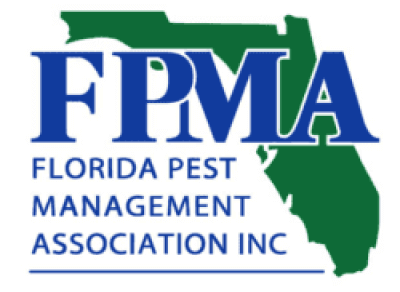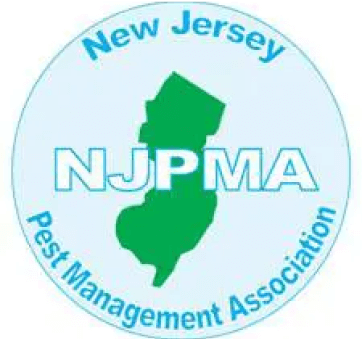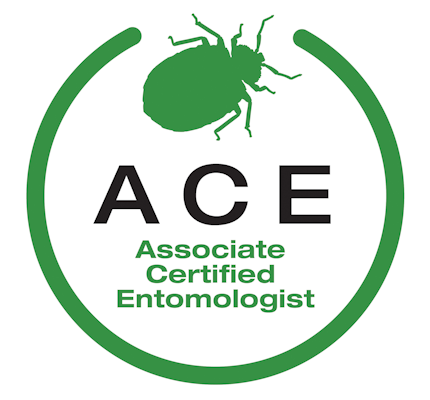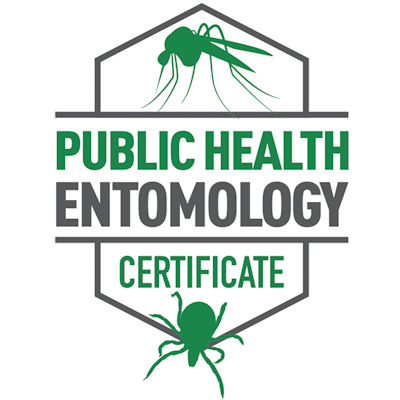Wasp Pest Control
How we treat:
Wasps
We’ll use our expert knowledge of wasp biology to effectively and safely prevent and protect your home like it was our own. See how.
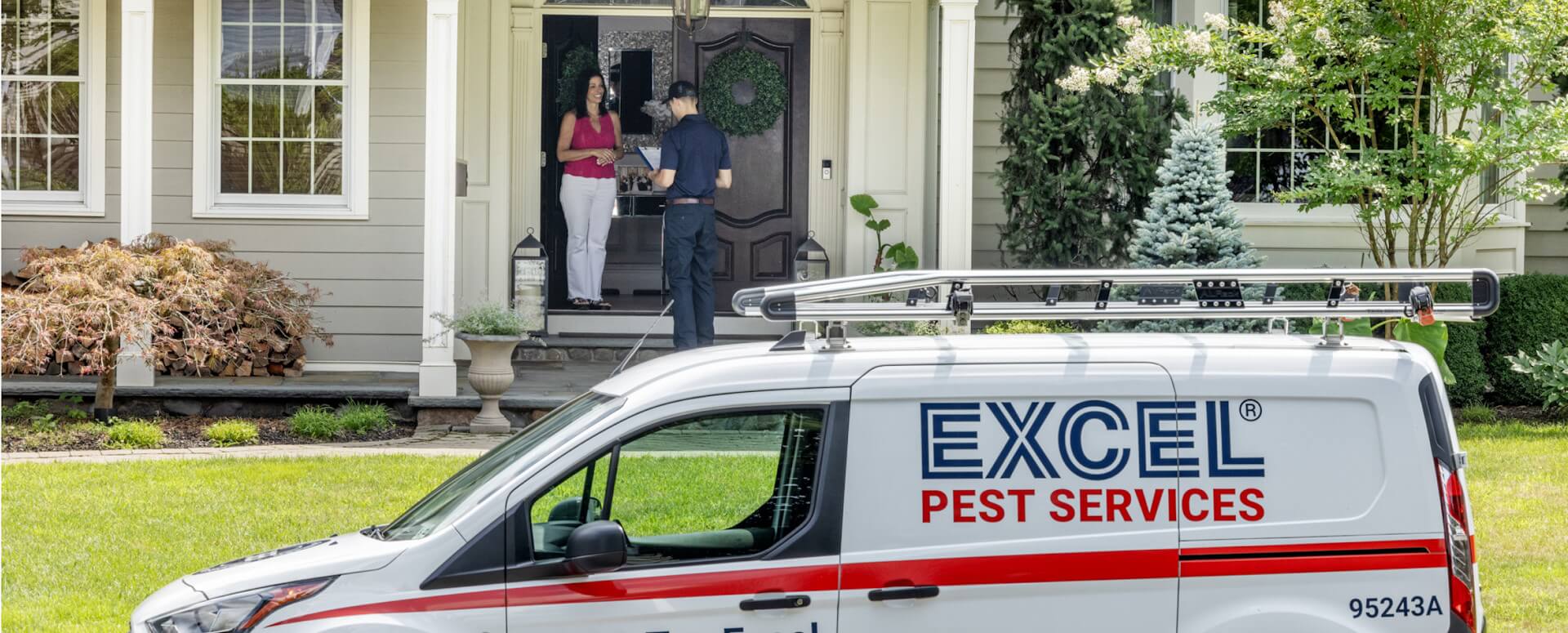
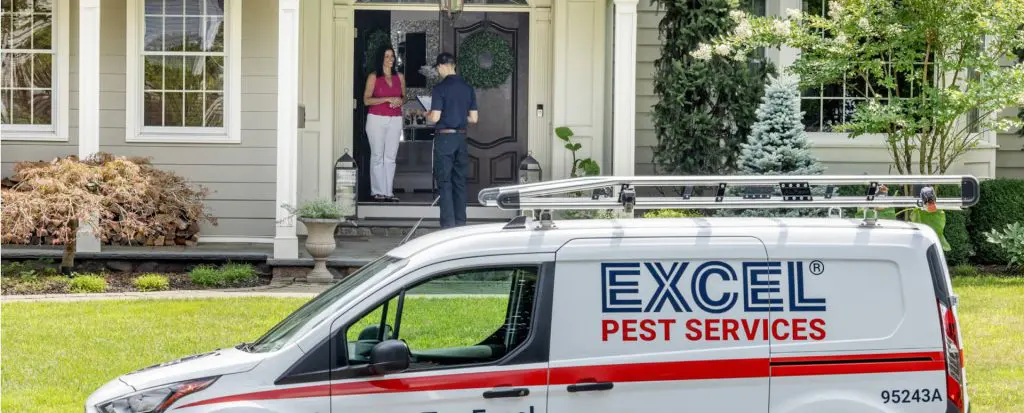
Getting rid of wasps is as easy as 1, 2 and 3
INSPECT
We use visual inspections and monitoring devices to determine species and assess nest size and location.
TREAT
We then implement a targeted treatment plan, often applying insecticides directly to the nest, using specialized equipment for safety.
PREVENT
Tips like sealing entry points and eliminating wasp attractors may be recommended to keep wasps from returning.

Excel’s proven process
Our proven approach to delivering a pest-free, worry-free environment. Guaranteed.
Inspect
We’ll inspect your home inside and out, and top to bottom to spot current and potential pest problems.
Identify
We’ll assess and correctly identify any active pests. Pest species and biology is considered to choose the right treatment option.
Treat
We’ve identified your pests, now we’ll treat them using safe and effective treatment methods with only EPA registered products.
Report Back
We’ll provide service reports via email letting you know who was there, what they did, and what happens next.
Monitor and Maintain
We’ll prevent pests from returning with our ‘set it and forget it’ maintenance plan. Keeping you one step ahead of mother nature.
Feel Excel-lent
You’ll feel great and rest easy knowing your home, family and pets are in good hands.
Testimonials
Your neighbors love us.
Pests, not so much.
“I’m definitely as environmentally conscious as I can be…a lot of these companies come out and they say, we’re the professionals, we’ll take care of it. You just cut us a check and don’t worry about the details. The fact that you explain the details matters a lot.”
“I did talk to a number of pest control companies, and when I considered the value of their being willing to come out anytime I have a problem I went with them. That freedom to just call is very valuable to me.”
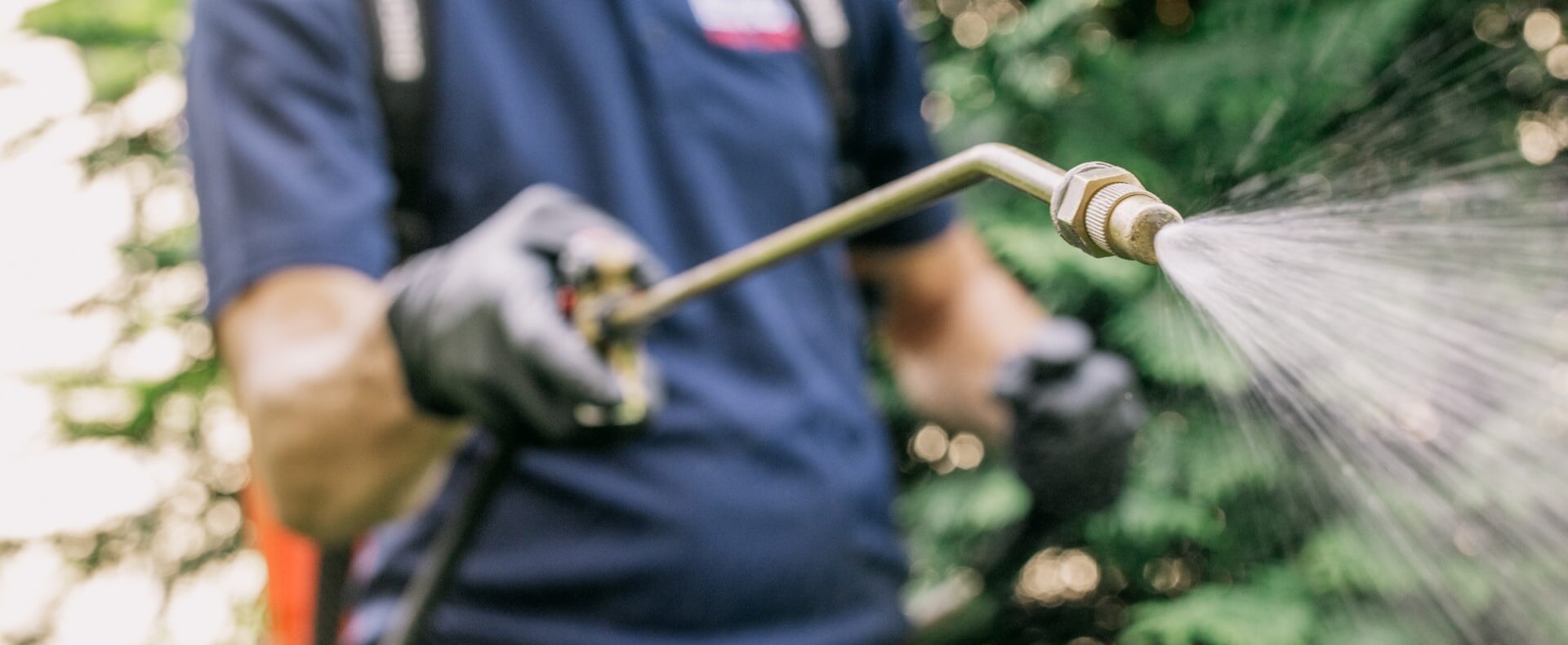
Quick reference
Frequently asked questions
What do wasps look like and why are they concerning?
There are over 100,000 species of wasps around the world. The most commonly encountered species in the U.S. are hornets, yellow jackets, and paper wasps. Hornets are a very large type of wasp and are similar in appearance to the yellow jacket. They have four wings and six legs, along with a rounded abdomen and a thin waist between the thorax and abdomen. The area of their heads that is directly behind the eyes is wider on hornets than other wasps. Hornets are generally black and white. Yellow jackets are smaller than hornets, with wings that, when at rest, fold laterally along their bodies. They also have elongated, thin waists. Their bodies are black and yellow in color, and they have yellow legs. Adults are between 3/8 of an inch and 5/8 of an inch in length. Paper wasps are slender and narrow-waisted, with brown wings. They can be between ¾ of an inch and 1 inch long, and they are golden brown with yellow markings. Wasps may sting when they feel threatened. Multiple stings can be dangerous if not treated, and a single sting may cause anaphylactic shock in those with allergies.
Where do wasps live?
All wasps build nests, which are paper-like and made from wood fibers that have been chewed to a pulp. Wasps like to make their nests close to houses, usually near openings that lead inside. They may build in trees, chimneys, attics, and wall voids, or under eaves, overhangs, and rafters.
Why do I have a wasp problem?
Wasps may enter a building if their nest is on or in it. Generally, they enter homes and businesses if their nests are in chimneys, attics, wall voids, or other similar indoor locations. Otherwise, they can get in through any small gaps and spaces, like those around doors and windows. If their nest is not indoors, they may still enter a building in search of food or a place to spend the winter. If the opening to their nest is sealed, they will become angry and chew through the wall or ceiling their nest is attached to, usually ending up indoors.
When are wasps active?
Wasps are most active during the summer. The queens that survived the winter emerge and begin to build nests in April. They then populate their new nests with eggs that were fertilized the previous fall. These eggs hatch into infertile female workers who then build the nest larger so the queen can lay more eggs in May. The cycle of nest expanding and egg laying repeats over and over for the rest of the summer. June and July are the months when nests reach peak activity levels. Between August and October, activity begins to slow down, as workers die and queens lay fewer eggs. During this time, the queen will lay eggs that hatch into fertile females and males. The queens will die and the new fertile wasps will mate. The new queens will find a place to spend the winter, and the males will die off.
What’s the best way to avoid a wasp infestation?
In order to avoid a wasp infestation, it is important to eliminate any sources of attraction. This means cleaning up crumbs and food spills, sealing garbage cans and compost containers, and moving hummingbird feeders away from the outside of the building. Seal any cracks or openings to prevent wasps from coming inside, and cover or fill any holes in the ground. Position wasp repelling plants around your outdoor living areas. Such plants include basil, geraniums, marigold, mint, pennyroyal, and wormwood. Check for nests routinely, especially during the spring when they are still small. To get rid of wasps nests around your property call EXCEL today and have one of our experts visit you.





If pests come back so do we. Guaranteed.
The Excel “Worry Free-Pest Free” Guarantee.
Partnering with us means we’ve got you covered all year long – with free return service visits, anytime. If you need us, call us. We’ll be there. It’s one more way you can Excel and exhale.
Talk to us today.

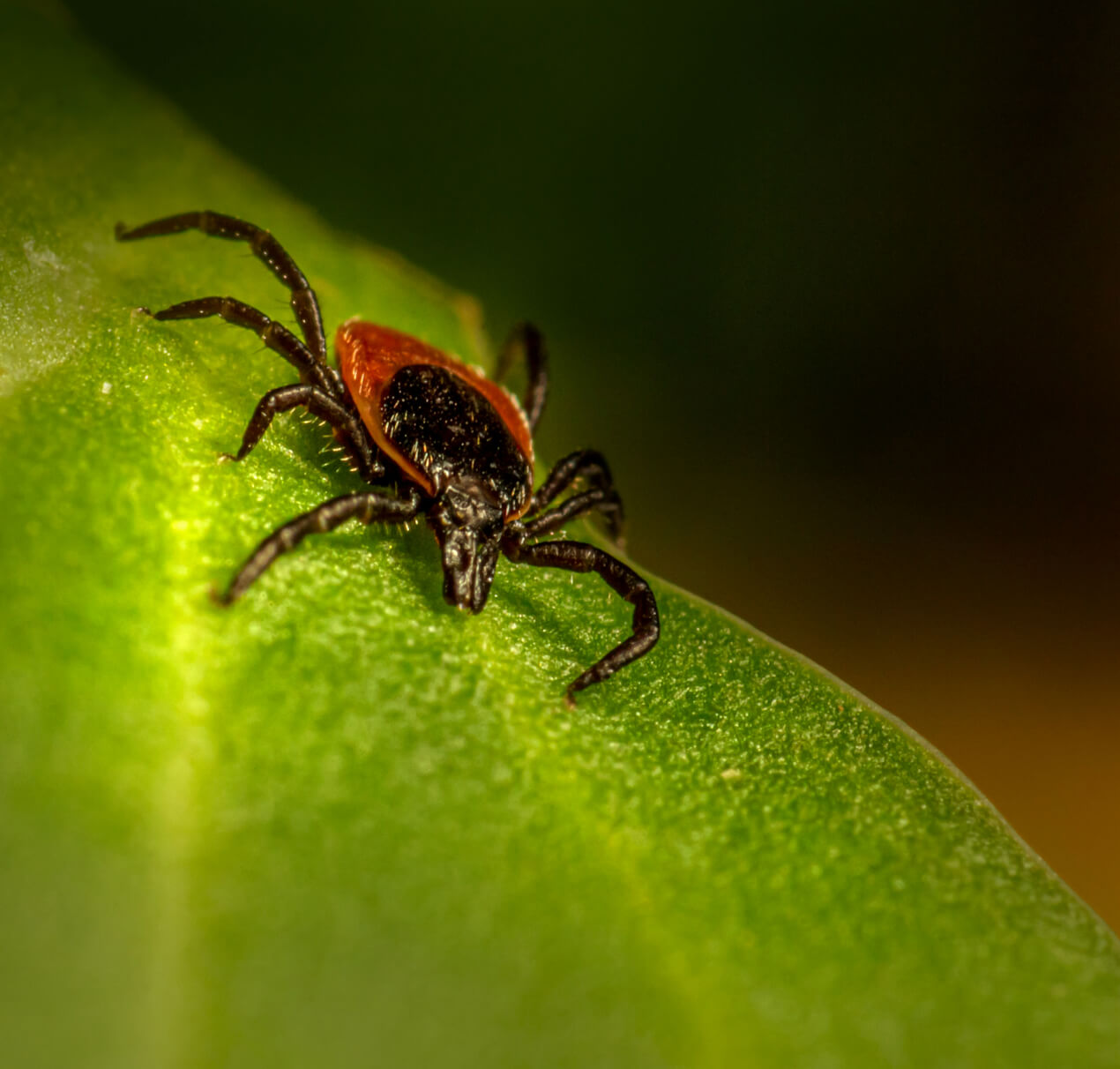

You’ll be supporting research into Lyme disease, too.
Choosing Excel helps us support the John Hopkins Lyme Research Center. You will help them advance the critical knowledge and clinical tools urgently needed to improve Lyme disease patient care and health outcomes.
The Company
We Keep
